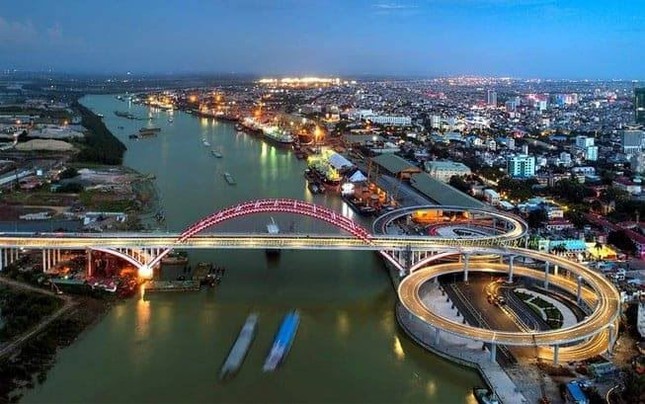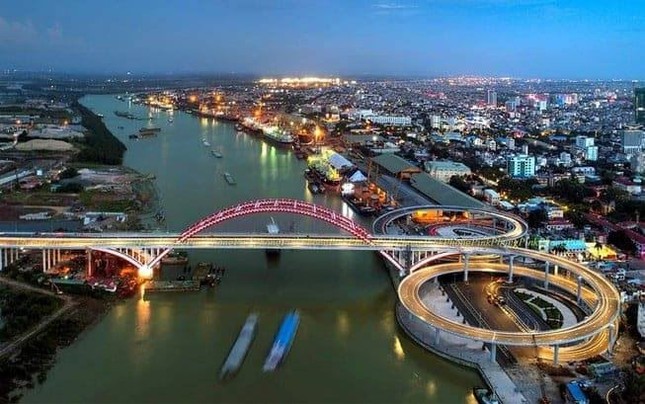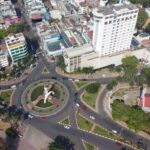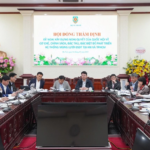Reasons for the Transition to a Special Mechanism
On the morning of May 19, the National Assembly listened to the proposal and reviewed the transition to applying certain special mechanisms in some localities after reorganizing the apparatus and expanding administrative boundaries following the guidelines of the Party and the State.
Minister of Finance, Nguyen Van Thang, stated that Resolution 60/2025 of the 11th Conference of the 13th Central Committee, decreed a two-tier local government structure, thereby discontinuing the county-level administration. Post-merger, the number of administrative units (AUs) decreased from 63 to 34 provinces and cities.
Thus far, ten localities, including Hanoi, Haiphong, Thanh Hoa, Nghe An, Hue, Danang, Khanh Hoa, Buon Ma Thuot, Ho Chi Minh City, and Can Tho, have been applying special mechanisms and policies according to specific laws and National Assembly resolutions.

A glimpse of Haiphong city (Photo: Hong Phong)
Among these, Haiphong, Danang, Khanh Hoa, Dak Lak (related to Buon Ma Thuot city), Ho Chi Minh City, and Can Tho will be directly impacted by the reorganization of the local government into a two-tier system.
The merger of provinces and the discontinuation of the county-level administration will lead to changes in geographical boundaries, management scope, population size, and the legal status of these localities.
Hence, there is a need for transitional regulations to continue implementing the special mechanisms and policies currently in place in the localities undergoing reorganization.” – stated the Government.
According to the Government, the special mechanisms and policies are tailored to each locality’s position, role, and unique characteristics or to the specific requirements of urban core areas.
Creating New Growth Impetus
Notably, Haiphong is a port, industrial, and logistics services city. Danang, on the other hand, is a tourism, services, and high-tech hub. Khanh Hoa focuses on marine economy and tourism, while Ho Chi Minh City is the country’s economic locomotive, and Can Tho is the driving force of the Mekong Delta region.
“Maintaining the special mechanisms and policies for these localities post-merger and reorganization into a two-tier system will create conditions to generate new growth impetus and provide a boost to these localities,” stated Minister of Finance, Nguyen Van Thang.
Based on this, the Government proposes that the National Assembly allow the merged localities, including Haiphong, Danang, Khanh Hoa, Ho Chi Minh City, and Can Tho, to continue implementing their previous special mechanisms and policies.
Similarly, the newly corresponding communes and wards in the area of Buon Ma Thuot city (Dak Lak) post-communal reorganization will continue to apply the special mechanisms and policies permitted by the National Assembly.
Reviewing this content, Mr. Phan Van Mai, Chairman of the Committee for Economic and Financial Affairs, stated that allowing the transition to applying certain special mechanisms in reorganized localities is not merely about expanding the scope of application but also involves economic and budgetary considerations.
Hence, the reviewing agency requested that the Government assess the policy’s impact and ensure compliance with the principles of budget balance as per the State Budget Law.
Some opinions also suggested determining the revenue-sharing ratio between the central and local governments for the cities applying special mechanisms and policies that are merged into provinces.
The Big Three: How Vietnam’s Powerhouse Cities Continue to Thrive with Special Autonomy
The localities that are subject to the merger will continue to benefit from the special mechanisms previously enacted by the National Assembly.
“Proposed Innovative Mechanisms to Boost Hanoi and Ho Chi Minh City’s Urban Railway Development”
A consensus has emerged among representatives from various ministries and sectors on the need for a specialized mechanism and policy framework to advance the development of urban rail networks in Hanoi and Ho Chi Minh City.





















